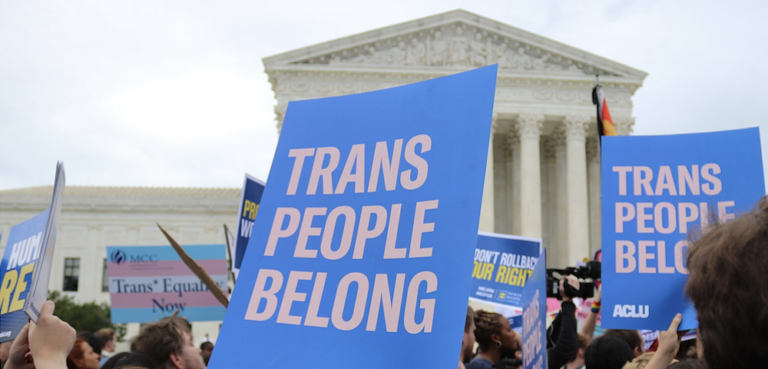
‘Anti-discrimination law in NSW is arguably the worst LGBTI law of its kind’: Alastair Lawrie

This weekend the Sydney Gay & Lesbian Mardi Gras Parade celebrates 40 years in NSW.
40 years of fabulousness. 40 years of helping to change society and social attitudes for the better. And 40 years of contributing towards recognition of the human rights and fundamental equality of lesbian, gay, bisexual, transgender, intersex, and queer (LGBTIQ) Australians.
The 40th anniversary of Mardi Gras is also an opportunity to reflect on, and rejoice at, last year’s historic changes which finally removed discrimination against same-sex couples from the Marriage Act.
In fact, last year saw the 40th anniversary of another piece of legislation which, while far less feted, has had an enormous impact on the LGBTIQ community. A law that shows how far we’ve come in addressing homophobic and transphobic discrimination, but one that simultaneously reveals how much work is still left to do.
That law is the NSW Anti-Discrimination Act, which first took effect on June 1 1977, 12 months before the first Mardi Gras.
In December 1982, the Anti-Discrimination Act was amended to include ‘homosexuality’ as a protected attribute, making NSW the first state or territory in Australia to prohibit discrimination against gay men and lesbians.
This reform was so far ahead of its time that it actually pre-dated the decriminalisation of male homosexuality by 18 months – between December 1982 and June 1984, gay men were protected against discrimination, but could still be sent to prison for having consensual sex in private.
The Act was further expanded in the 1990s, with the inclusion of ‘transgender’ as a protected attribute in June 1996, and through the introduction of prohibitions on vilification against gay men, lesbians and transgender people.
Unfortunately, since that time the legislation has stagnated. By failing to keep pace with developments, the NSW Anti-Discrimination Act has gone from being the first gay anti-discrimination law in Australia, to being arguably the worst LGBTI law of its kind.
Most disappointingly, NSW is now the only jurisdiction in Australia which does not protect bisexual people against discrimination.
It also fails to offer anti-discrimination coverage to people with intersex variations (whereas the Commonwealth, Tasmania, the ACT and South Australia have all legislated for ‘intersex status’).
The definition of ‘transgender’ in the Act is particularly narrow, covering people who identify ‘as a member of the opposite sex by living, or seeking to live, as a member of the opposite sex’ (either currently or previously). This excludes people whose gender identity is non-binary.
The religious exceptions contained in the NSW Anti-Discrimination Act are also the broadest in Australia, and do not appropriately balance the right of LGBTIQ people to be free from discrimination with genuine religious freedom.
Indeed, the exceptions with respect to education are so wide that they allow al private schools and colleges – not just religious ones – to discriminate against lesbian, gay and transgender students and staff. These exceptions apply even if the school or college is in receipt of public funding.
Even where the Act is strong compared to other jurisdictions – NSW is one of only four states and territories to protect some LGBTIQ people against vilification (the others being Queensland, Tasmania and the ACT) – it is still flawed.
For example, the first-time penalty for the offence of vilification against gay men, lesbians and transgender people is set at a slightly lower level than for racial vilification, despite being worded the same in every other respect.
The NSW Government is also yet to act on the recommendations of the 2013 Parliamentary Standing Committee on Law and Justice Inquiry into Racial Vilification Law, which would have strengthened procedural aspects of anti-vilification law, making complaints easier.
Mardi Gras is a celebration of pride. Pride in the actions of the brave 78ers. Pride in the resilience of the lesbian, gay, bisexual, transgender, intersex and queer community.
Pride in how far Australia has come in including LGBTIQ people as part of the social fabric of the country. And pride in the recent amendments to the Marriage Act.
Unfortunately, and despite the fact that it was once best-practice, there is absolutely nothing to be proud about in the Anti-Discrimination Act.
The challenge to all NSW MPs, and political parties, marching in tomorrow night’s Sydney Gay & Lesbian Mardi Gras Parade is to take action to finally bring our anti-discrimination laws into the 21st century.
Alastair Lawrie is a Senior Policy Officer at the Public Interest Advocacy Centre.
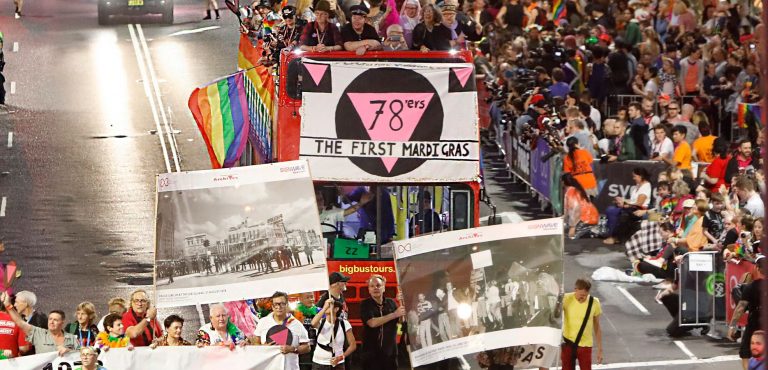
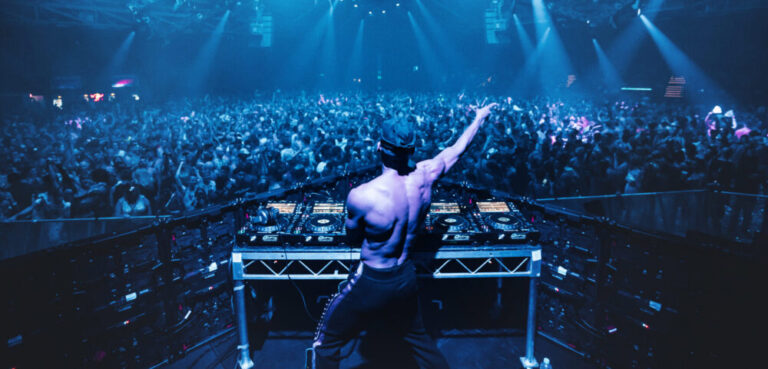
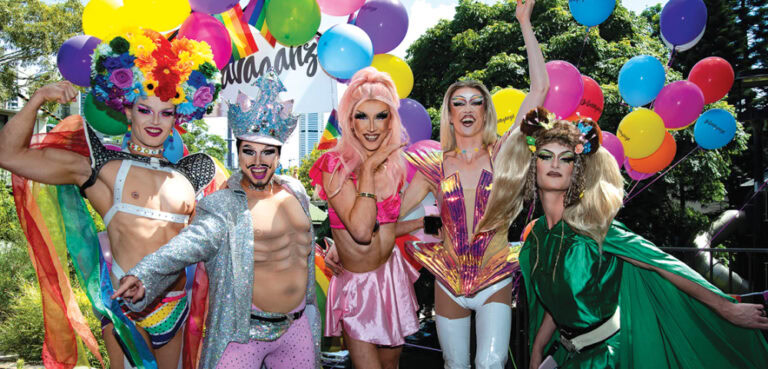
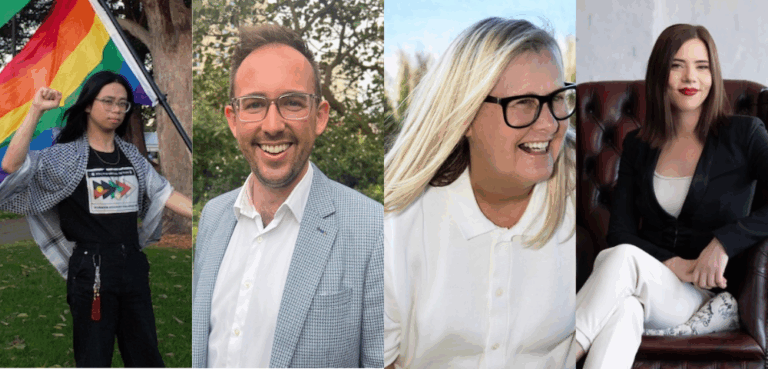
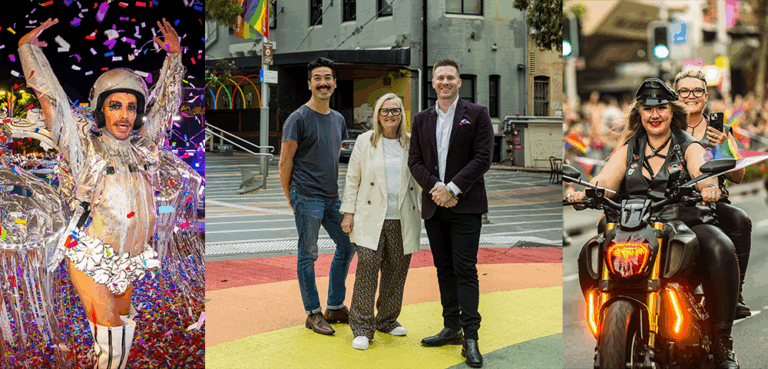
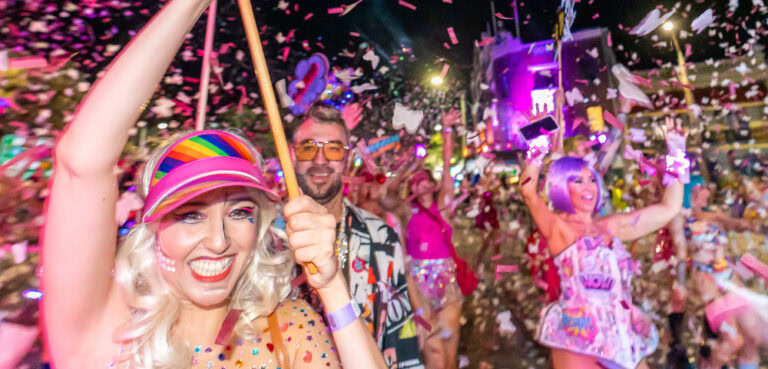

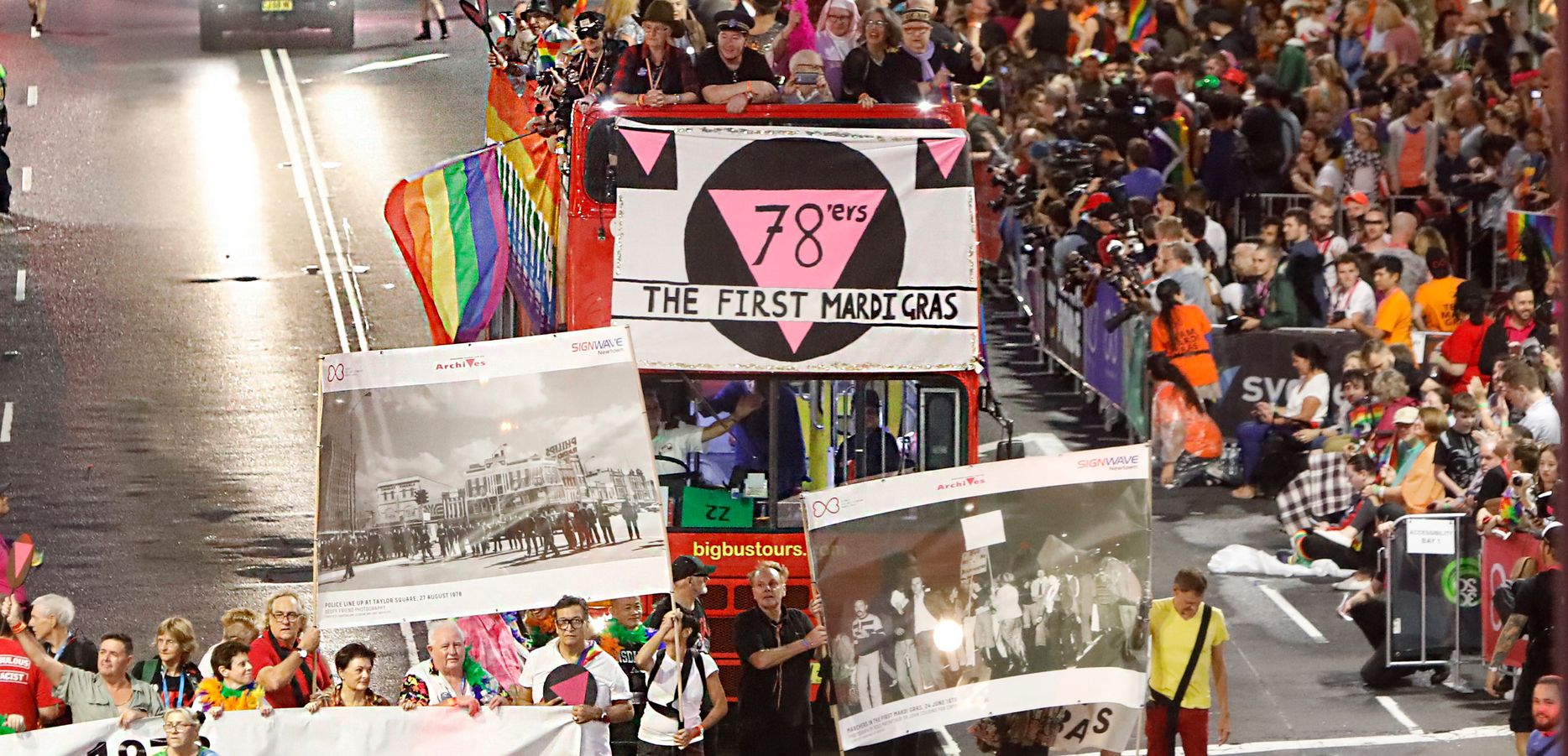
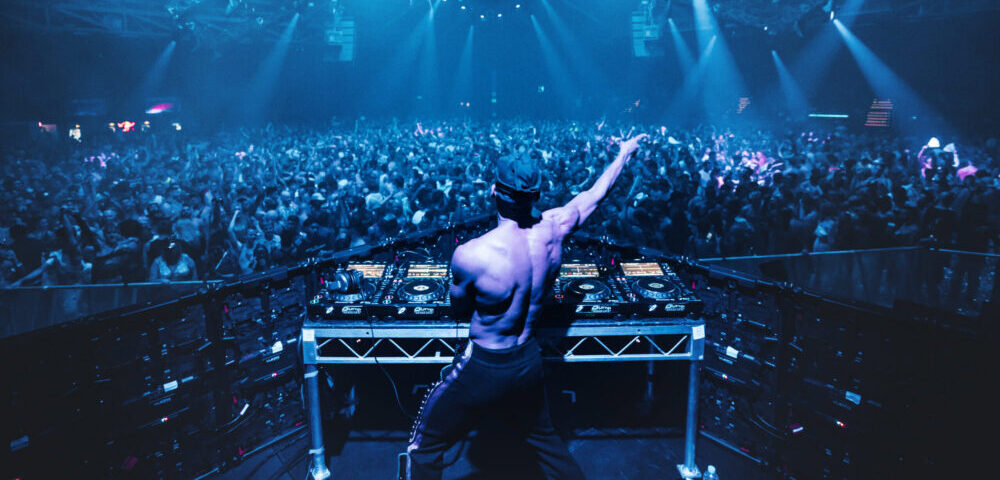
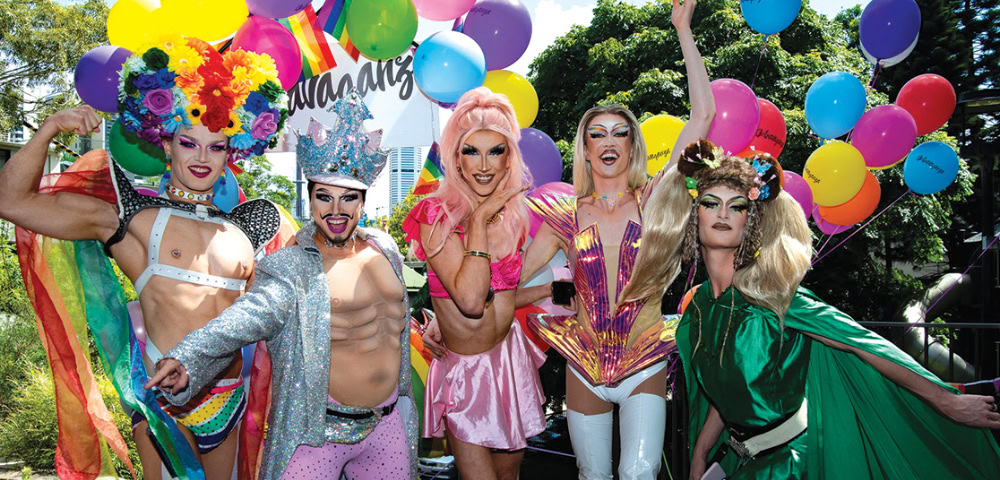

Federal law clearly overrides state law anyway, because of section 109 of the Australian Constitution. The Sex Discrimination Act 1984 since August 2013 – which explicitly includes sexual orientation, gender identity, marital or relationship status & intersex status.
That is not true at all. Firstly Commonwealth federal law always overrides law of states and territories – regardless, because of the Australian Constitution. Section 109 of the Australian Constitution says & quotes that if a state law is inconsistent with a Commonwealth federal law – federal law always trumps it! NSW law does not protect bisexual people is total utter rubbish. My ex boyfriend is a bisexual lawyer and always told me that since 1 August, 2013 federal law does protect us throughout Australia!
Fred Nile.
Fred Nile.